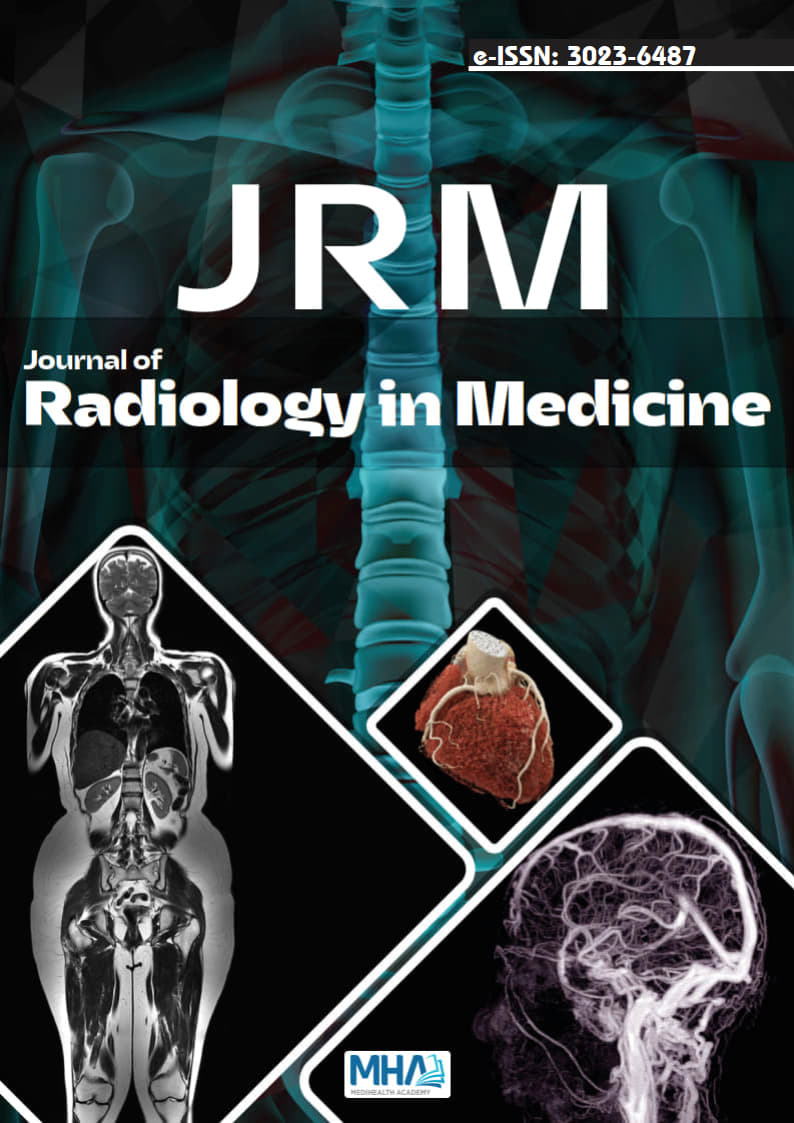Journal of Radiology in Medicine
Journal of Radiology in Medicine is an international journal that published original research and articles in all areas of radiology. Its publishes original research articles, review articles, case reports, editorial commentaries, letters to the editor, educational articles, and conference/meeting announcements.

